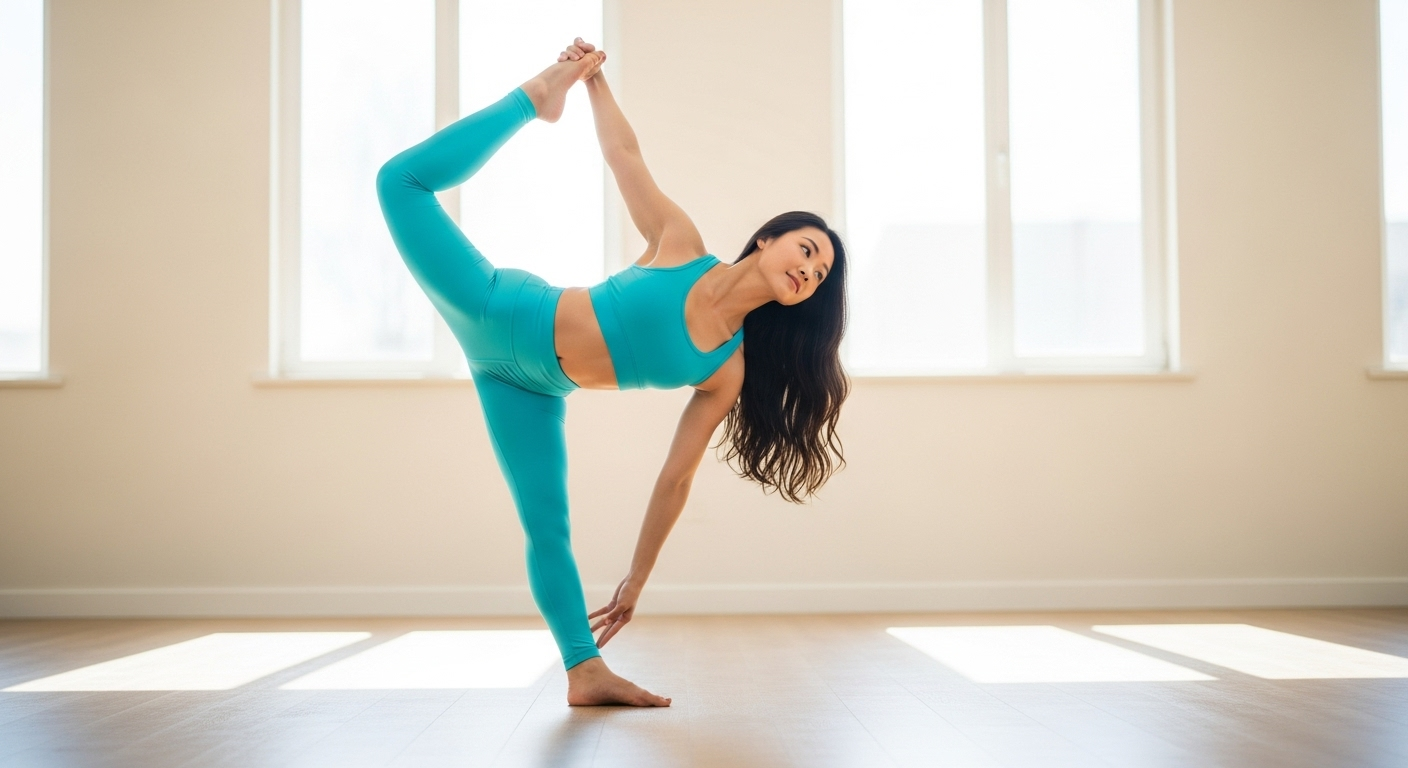Beyond Expectation: Prone Positioning’s Impact on Respiratory and Brain Hemorrhage Recovery
When it comes to sleep, the "prone" or face-down position is often advised against due to potential strain on the neck and spine. However, the medical world has, at times, turned this conventional wisdom on its head. During the recent global health crisis, for instance, medical professionals worldwide increasingly utilized prone positioning for patients suffering from severe respiratory distress. This unexpected strategy proved instrumental in managing acute respiratory failure, including conditions like severe Acute Respiratory Distress Syndrome (ARDS) and pneumonia, helping to prevent the worsening of breathing difficulties and aiding recovery.
Now, groundbreaking research is shedding light on the broader applications of prone positioning, extending its benefits beyond acute lung conditions. A recent case study indicates that this seemingly counterintuitive posture can also significantly assist patients recovering from a specific type of brain hemorrhage, namely subarachnoid hemorrhage, in overcoming respiratory challenges and facilitating their overall recovery.
A Breakthrough in Brain Hemorrhage Care
A new clinical case report from a prominent European university’s medical faculty highlights the positive impact of prone positioning on a patient who experienced subarachnoid hemorrhage (SAH). This particular form of brain bleed occurs in the space between the brain and the surrounding protective membranes.
According to one of the lead researchers, an expert in anesthesia and intensive care, there’s a strong link between subarachnoid hemorrhage and respiratory failure. In the reported case, a middle-aged male patient with SAH, who showed no neurological complications, was placed in a prone position. The outcome was remarkably positive, suggesting a novel approach to managing this complex condition.
The Patient’s Journey: A Case Study
The patient in question, a man in his late fifties, presented with severe headache and neck pain, followed by a brief loss of consciousness and a head injury from falling. Emergency medical evaluation confirmed a diagnosis of subarachnoid hemorrhage, a serious type of stroke involving bleeding in the brain.
While the general benefits of prone positioning for ARDS patients in reducing morbidity and mortality are well-documented – leading to its widespread adoption during the pandemic for patients needing mechanical ventilation in both intensive care units and general wards – its application in SAH was less explored. For ARDS patients, this position has been shown to improve respiratory function and blood oxygenation effectively.
Following his SAH and subsequent surgical intervention (aneurysm clipping), the patient in this case study experienced respiratory distress, although his neurological functions remained stable. Recognizing the potential, the medical team initiated prone positioning.
Initially, the patient underwent two sessions of prone positioning, lasting eight and four hours respectively, which positively impacted his gas exchange and overall respiratory function. While the patient declined a third awake session due to discomfort, healthcare providers continued the therapy for 16 hours while he was under general anesthesia, yielding similarly positive results. Eventually, he underwent a fourth awake session lasting 12 hours.
After 40 days in intensive care, the patient was transferred to a neurosurgery ward, and a week later, he was discharged to begin rehabilitation. Three months post-discharge, follow-up revealed no significant disabilities, and he was able to resume his daily activities, a testament to the comprehensive care, including the innovative use of prone positioning.
A contributing researcher, specializing in cardiothoracic and public health, suggested that the cumulative 40 hours of prone positioning over four sessions likely played a crucial role in improving the patient’s gas exchange, respiratory function, and overall prognosis. However, they also emphasized the ongoing need for careful monitoring for neurological complications, such as those arising from increased intracranial pressure.
This significant case study, highlighting the benefits of "awake prone positioning" for respiratory impairment in a subarachnoid hemorrhage patient, has been published in a respected international journal dedicated to medical case reports.
Understanding Sleeping Postures: Beyond Medical Intervention
While prone positioning offers remarkable therapeutic benefits in specific critical care scenarios, it’s essential to differentiate this medical intervention from general advice on sleeping postures for healthy individuals. The way we sleep profoundly impacts our health, influencing everything from sleep quality to pain management.
Here’s a brief overview of common sleeping postures and their general implications:
-
Back Sleeping (Supine Position):
- Pros: Often recommended for preventing neck, shoulder, and back pain as it helps maintain spinal alignment. Placing a pillow under the knees can further reduce spinal strain.
- Cons: Can worsen snoring and sleep apnea due to the tongue potentially falling back and obstructing the airway.
-
Side Sleeping:
- Pros: Beneficial for individuals with scoliosis or lower back pain, as it can improve spinal alignment and alleviate discomfort. Sleeping on the left side may help reduce acid reflux and can lessen snoring by preventing airway obstruction.
- Cons: Can lead to shoulder pain or numbness in the arms and legs if not properly supported.
- Tip: Placing a pillow or cushion between the knees can help maintain proper spinal alignment and reduce shoulder strain.
-
Prone Sleeping (Face-Down Position):
- General Recommendation: Generally advised to be avoided for regular sleep.
- Cons: Can put significant strain on the spine and neck joints, potentially leading to pain. It can also make breathing less comfortable and negatively affect the jaw joint.
- Tip (if unavoidable): If you find yourself sleeping in this position, using a thin pillow or no pillow for your head, and perhaps a pillow under your hips, can help reduce some of the strain. If persistent neck, shoulder, or back pain occurs, consulting a healthcare professional to adjust your sleeping posture and pillow height is recommended. Avoid sleeping with arms raised overhead, as this can strain shoulder muscles.
In conclusion, while the prone position is generally discouraged for everyday sleep due to its potential drawbacks, its strategic and monitored application in clinical settings continues to reveal its profound potential in aiding recovery for patients with severe respiratory conditions and, as new research suggests, even specific types of brain hemorrhage. This underscores the dynamic nature of medical science and its ongoing quest to optimize patient outcomes through innovative approaches.




